The white stuff: Edmund de Waal at the Royal Academy
Edmund de Waal's treasured collection of random white artworks opens at the Royal Academy
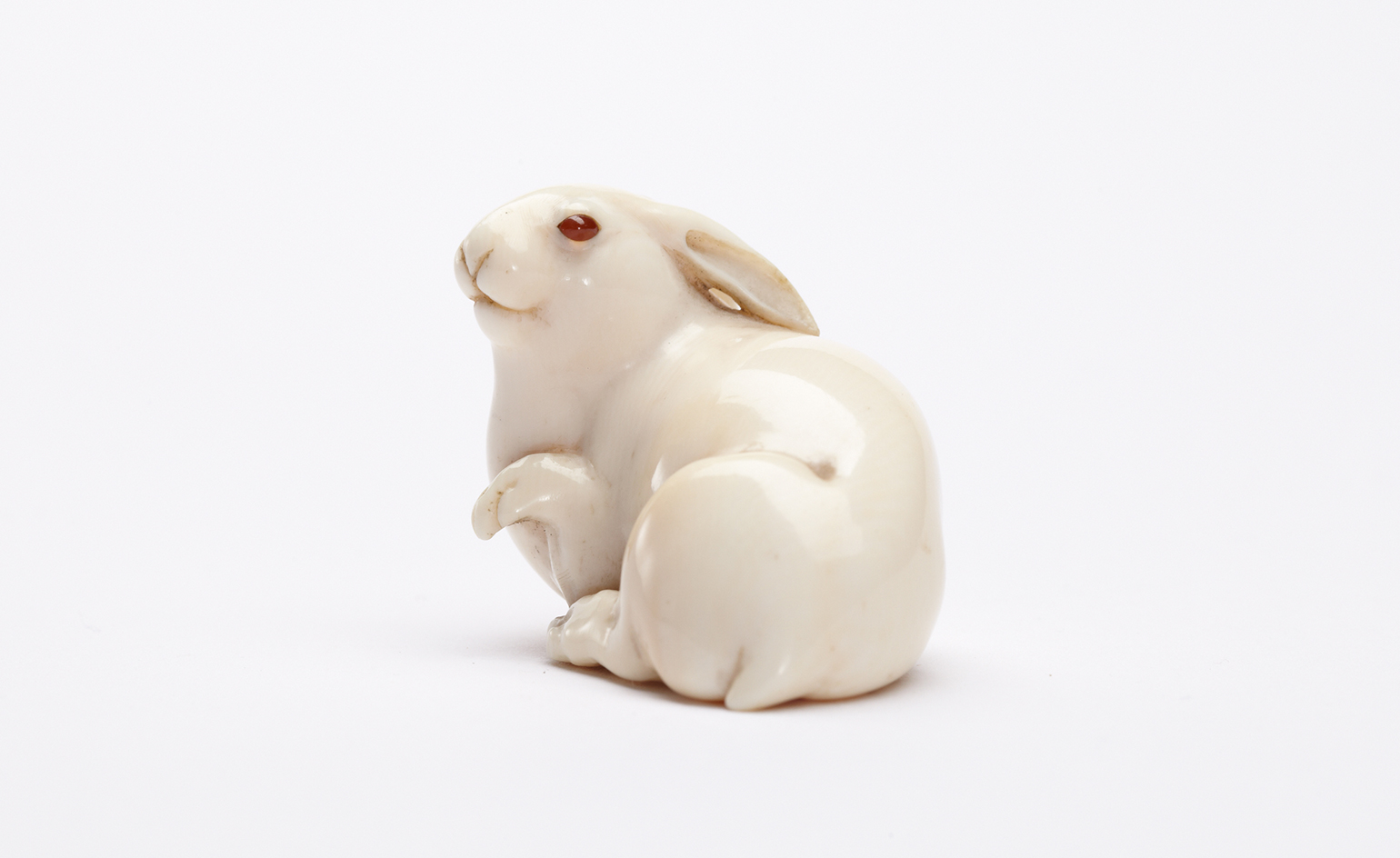
Dotted among the weighty tomes of the Royal Academy’s Print Room and Library is a collection of seemingly random white artworks. One is a prototype of a porcelain table by Amanda Levete; another a 1920s teapot by Kazimir Malevich; and there’s a two-handled teacup and saucer, made c. 1720 in Meissen. It’s Edmund de Waal’s most treasured piece of porcelain, and one of the 40 objects selected by the British artist for a show entitled ‘White’. ‘It’s translucent, weighs almost nothing and took 20 years to make’, he says. ‘It sums up all the agonies of working with porcelain and it made the pilgrimage worth it.’
The 'pilgrimage' he’s referring to is the subject of his latest book, The White Road: a pilgrimage of sorts, which is an exploration of porcelain though the ages. De Waal spent years travelling from Jingdezhen in China to Venice, Versailles, even Dachau concentration camp, hunting out people who share his obsession with the material. He trekked up the Appalachian mountains with his son in search of the white clay once used by the Cherokee Indians and will be the first potter to use it since Josiah Wedgwood, who sent an expedition to excavate it 200 years ago.
De Waal made three new works for the show, and after writing The White Road still professes a love for porcelain that has, if anything, deepened. ‘I can’t imagine not loving it. It’s just that the love gets more complicated. Writing the book, I went to some grim and difficult places in history.’ (Himmler deployed slave labour from Dachau to produce porcelain artworks for the Nazis between 1935–1945.) ‘It feels like a compromised material, but then it would, as anything that tries to be pure brings difficulty with it.’
Admirers of de Waal’s writing will also be pleased to find in the library another of the artist’s most treasured objects – The Hare With Amber Eyes. De Waal’s first book of the same name brought ancient Japanese netsuke back to life. He hopes that The White Road will do the same for all those ‘totally forgotten people who have been though what I’ve been through. To me, anyway, they are not dead.’
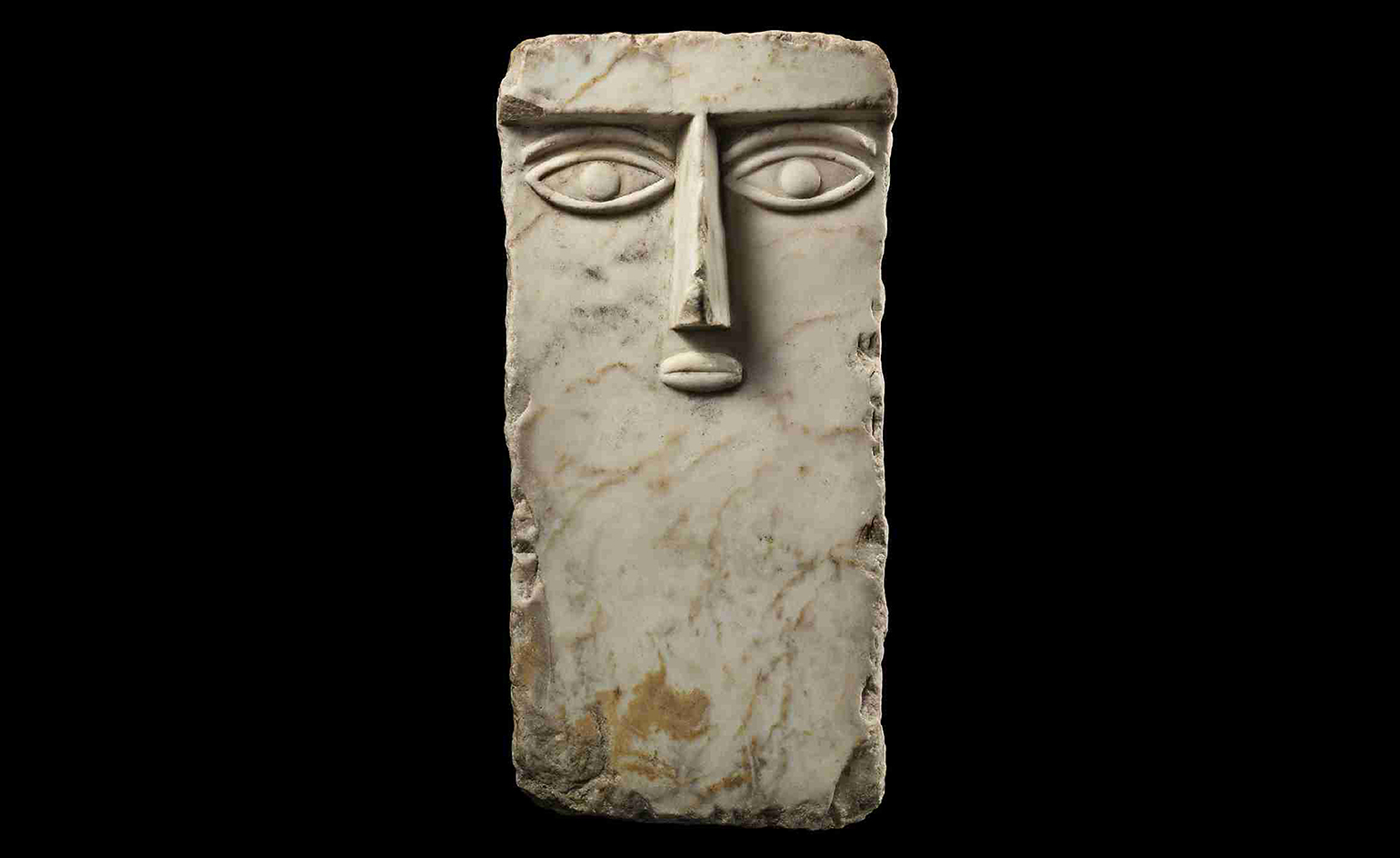
De Waal's new book, The White Road: a pilgrimage of sorts, is an exploration of porcelain though the ages and the conceptual basis for the show. Pictured: a South Arabian calcite alabaster anthropomorphic stele, artist unknown. Courtesy of The Royal Academy
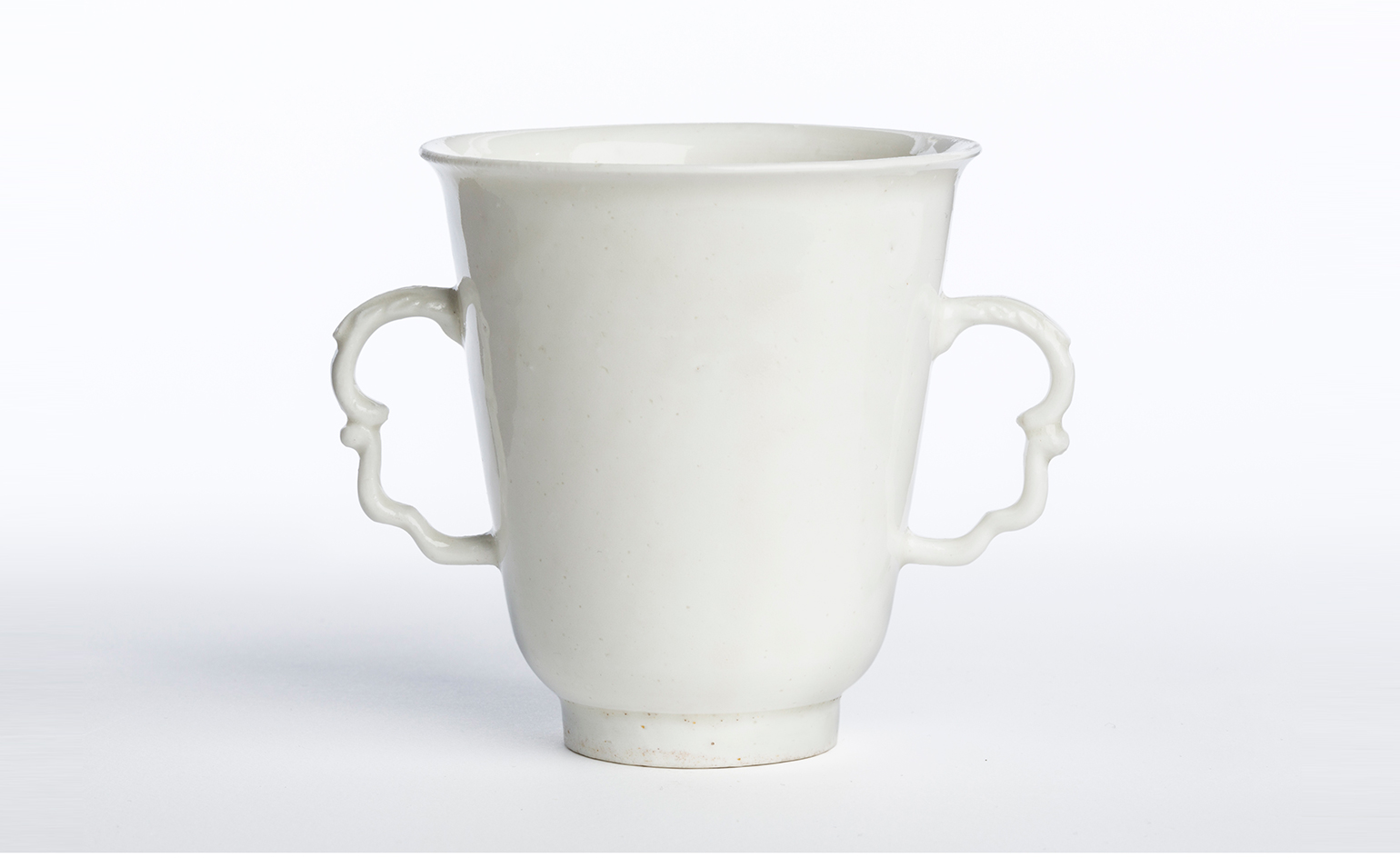
A two handled beaker made by Johann Friedrich Böttger in Meissen, Germany, c.1720, is de Waal's most treasured piece. Photography: Ian Skelton
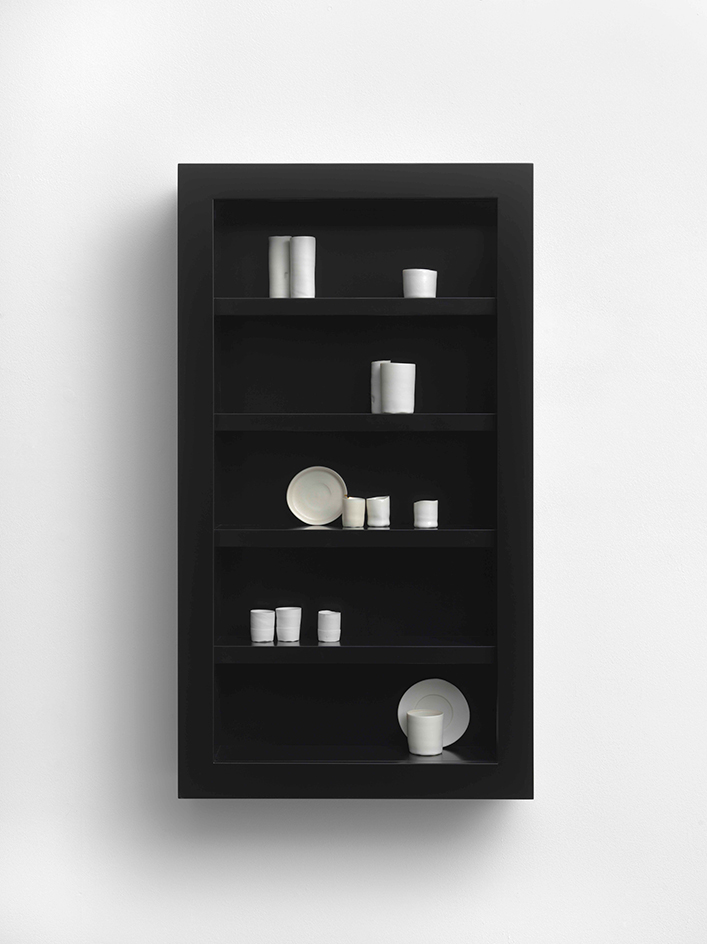
De Waal made three new works for the show, and after writing The White Road still professes a love for porcelain that has, if anything, deepened. ‘I can’t imagine not loving it. It’s just that the love gets more complicated. Writing the book, I went to some grim and difficult places in history.’ Pictured: A Mind of Winter, by Edmund de Waal, 2015. Photography: Mike Bruce
INFORMATION
'White: a project by Edmund de Waal' is on view until 3 January 2016. The White Road: a pilgrimage of sorts is published by Chatto & Windus, £20
ADDRESS
Library and Print Room
Royal Academy
Burlington House
Piccadilly
London, W1J 0BD
Receive our daily digest of inspiration, escapism and design stories from around the world direct to your inbox.
Emma O'Kelly is a freelance journalist and author based in London. Her books include Sauna: The Power of Deep Heat and she is currently working on a UK guide to wild saunas, due to be published in 2025.
-
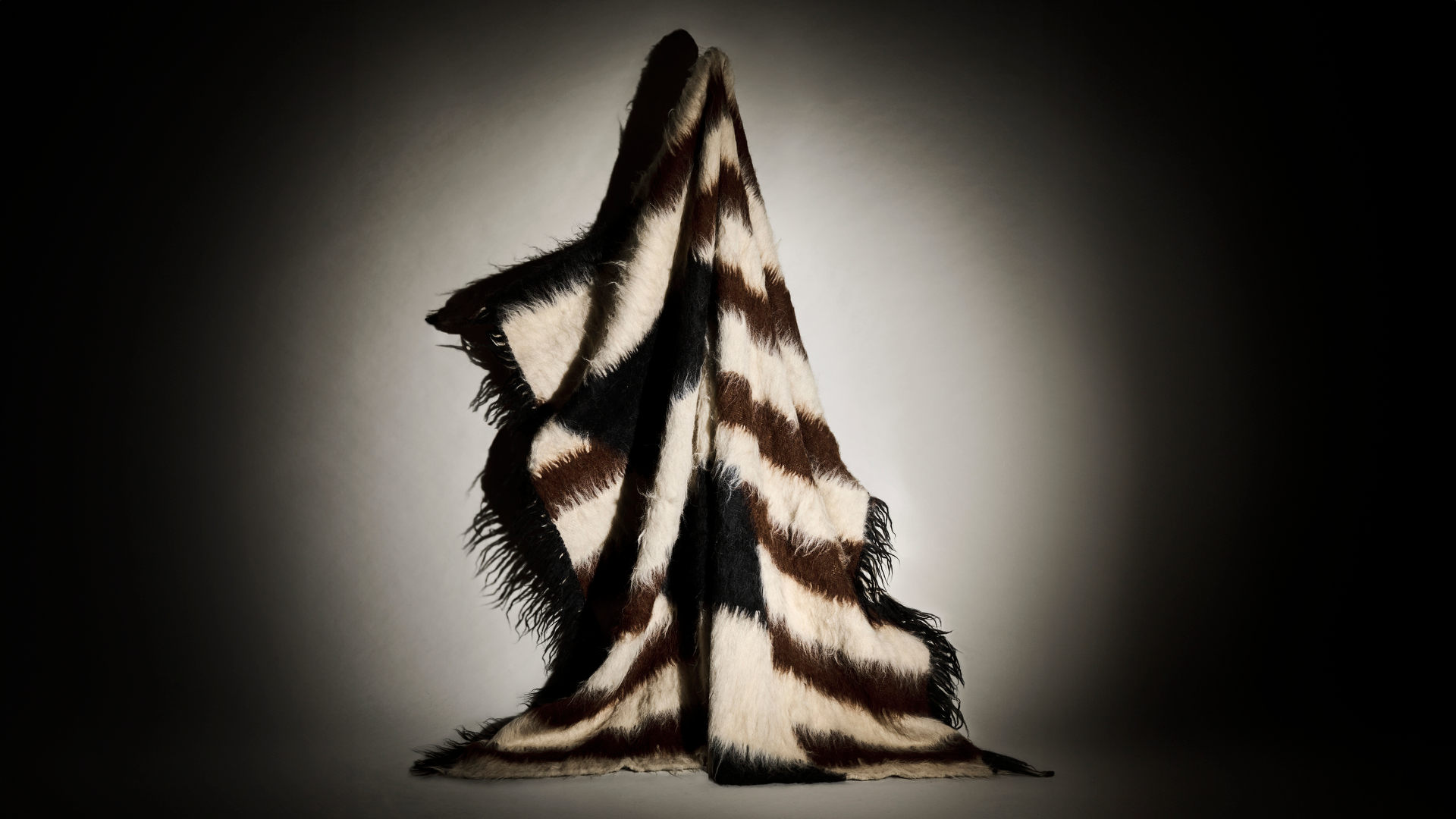 Grace Atkinson's Ukraine-made textiles balance material and emotion
Grace Atkinson's Ukraine-made textiles balance material and emotionWallpaper* Future Icons: New Zealand-born Grace Atkinson creates sensual domestic textile objects using 14th century techniques
-
 For Rodríguez + De Mitri, a budding Cuernavaca architecture practice, design is 'conversation’
For Rodríguez + De Mitri, a budding Cuernavaca architecture practice, design is 'conversation’Rodríguez + De Mitri stands for architecture that should be measured, intentional and attentive – allowing both the environment and its inhabitants to breathe
-
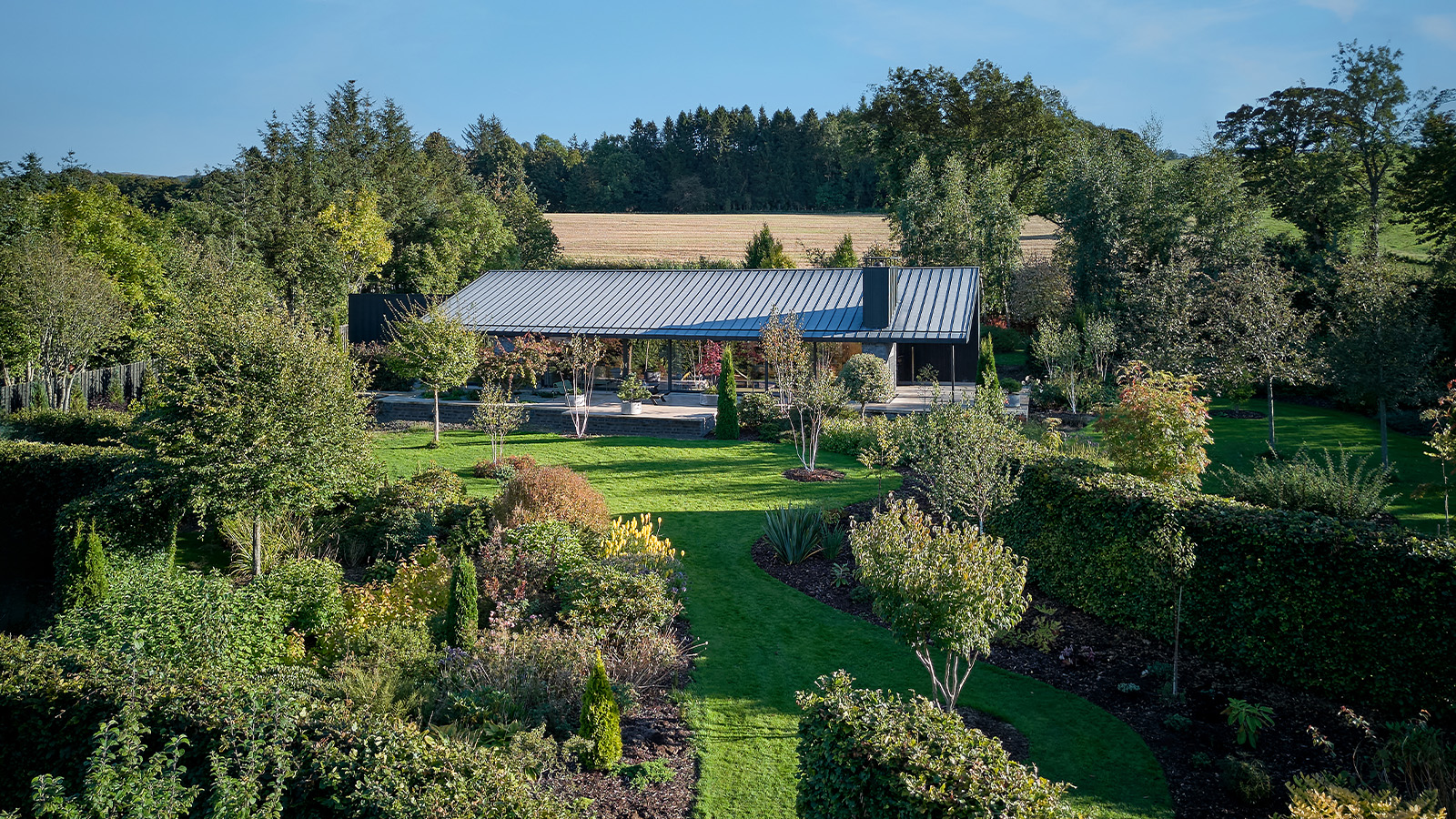 A compact Scottish home is a 'sunny place,' nestled into its thriving orchard setting
A compact Scottish home is a 'sunny place,' nestled into its thriving orchard settingGrianan (Gaelic for 'sunny place') is a single-storey Scottish home by Cameron Webster Architects set in rural Stirlingshire
-
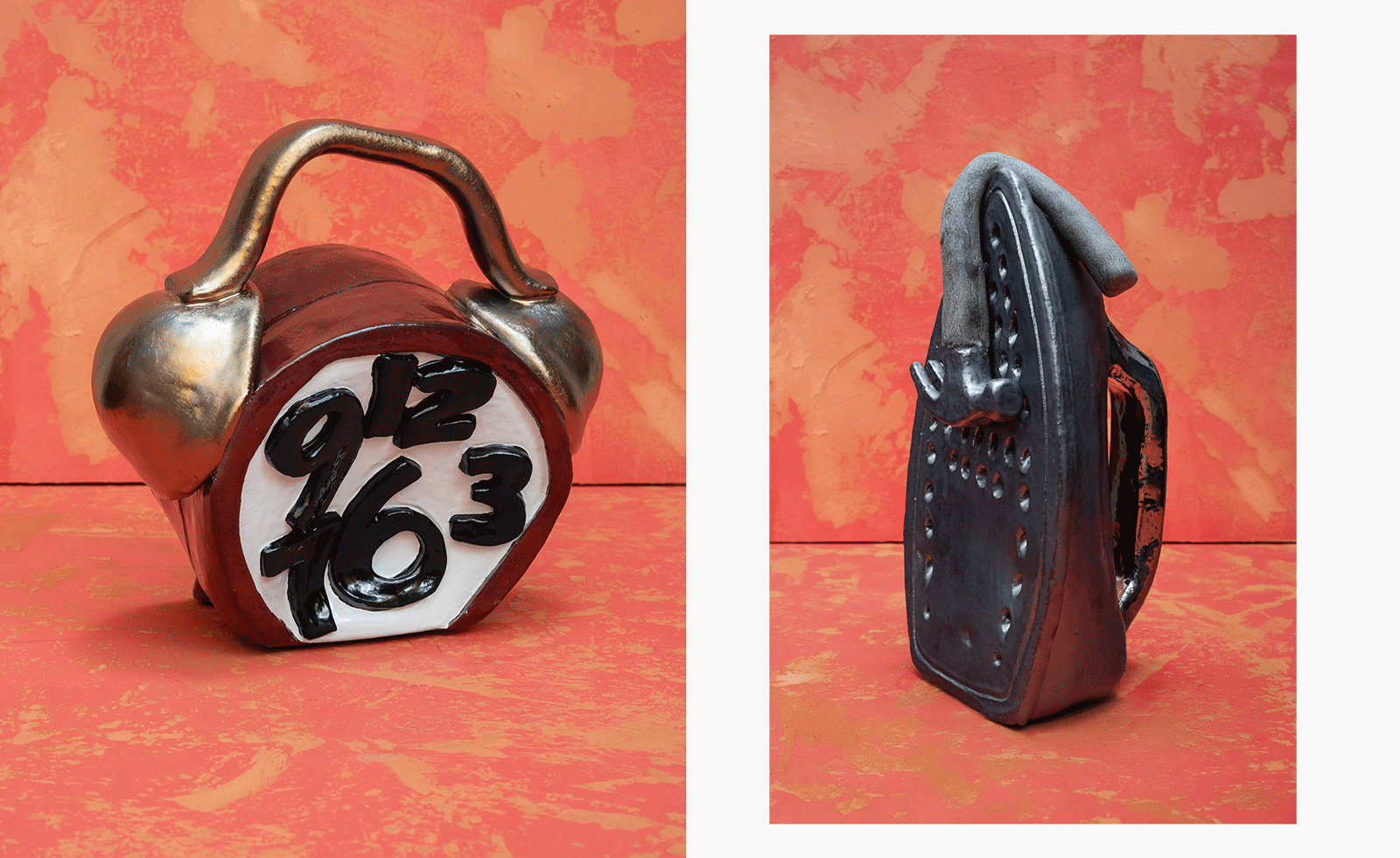 Sculptor Woody De Othello paints a Miami museum red for a show that ‘almost hugs you’
Sculptor Woody De Othello paints a Miami museum red for a show that ‘almost hugs you’The Miami-born, California-based artist opens his first museum exhibition in his hometown as an experiential journey through life and lifeless objects
-
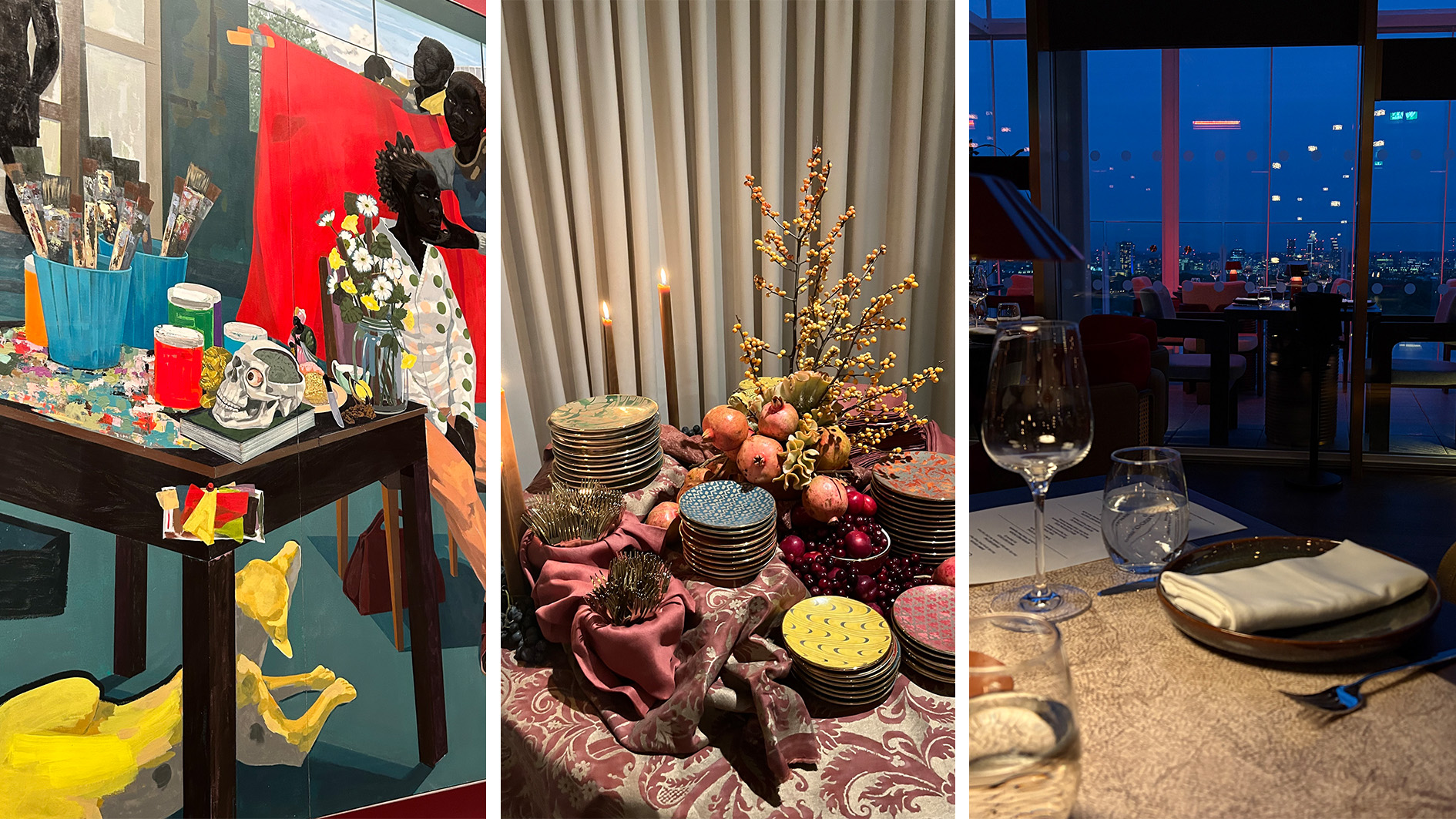 Out of office: The Wallpaper* editors’ picks of the week
Out of office: The Wallpaper* editors’ picks of the weekFrom sumo wrestling to Singaporean fare, medieval manuscripts to magnetic exhibitions, the Wallpaper* team have traversed the length and breadth of culture in the capital this week
-
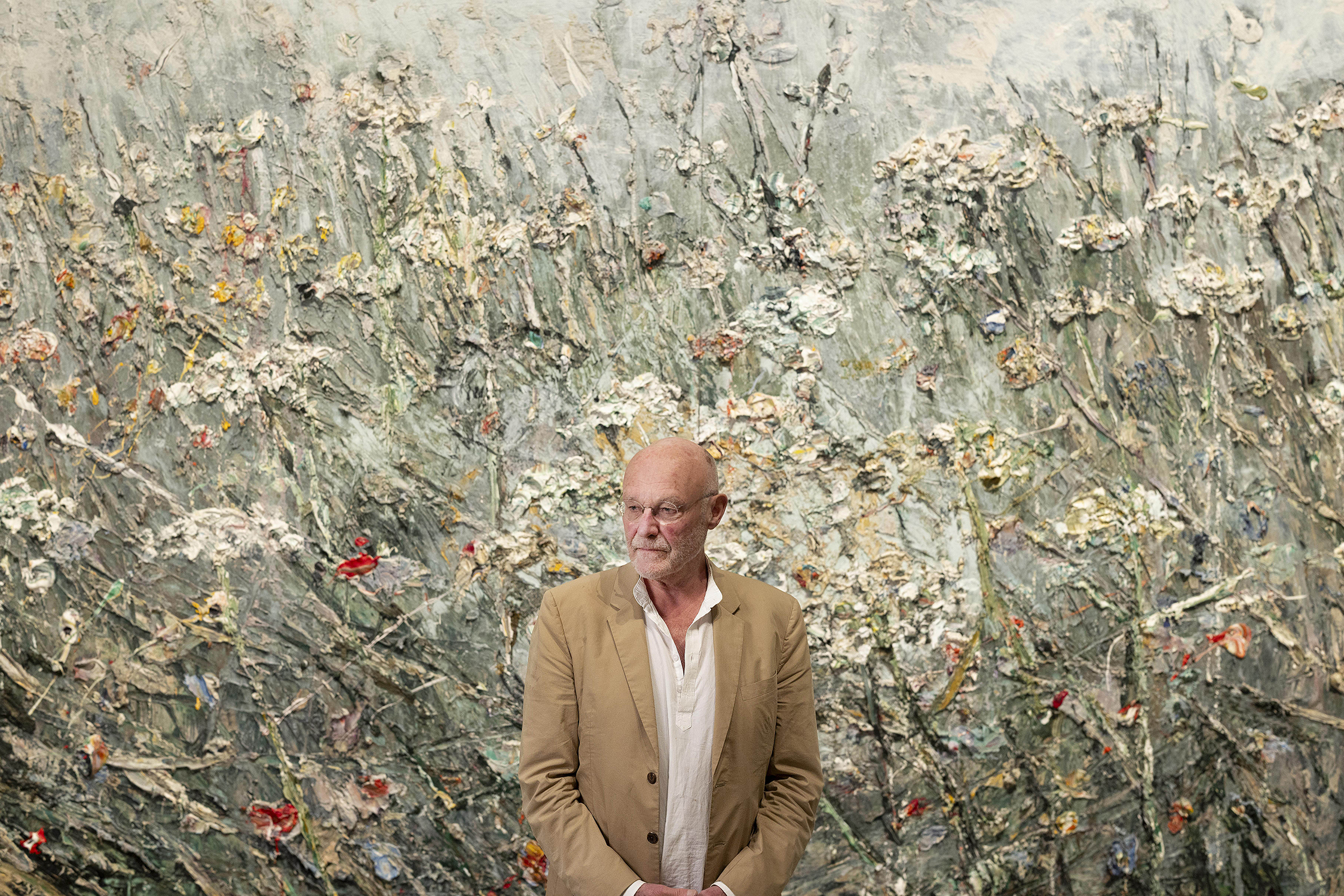 Vincent Van Gogh and Anselm Kiefer are in rich and intimate dialogue at the Royal Academy of Arts
Vincent Van Gogh and Anselm Kiefer are in rich and intimate dialogue at the Royal Academy of ArtsGerman artist Anselm Kiefer has paid tribute to Van Gogh throughout his career. When their work is viewed together, a rich relationship is revealed
-
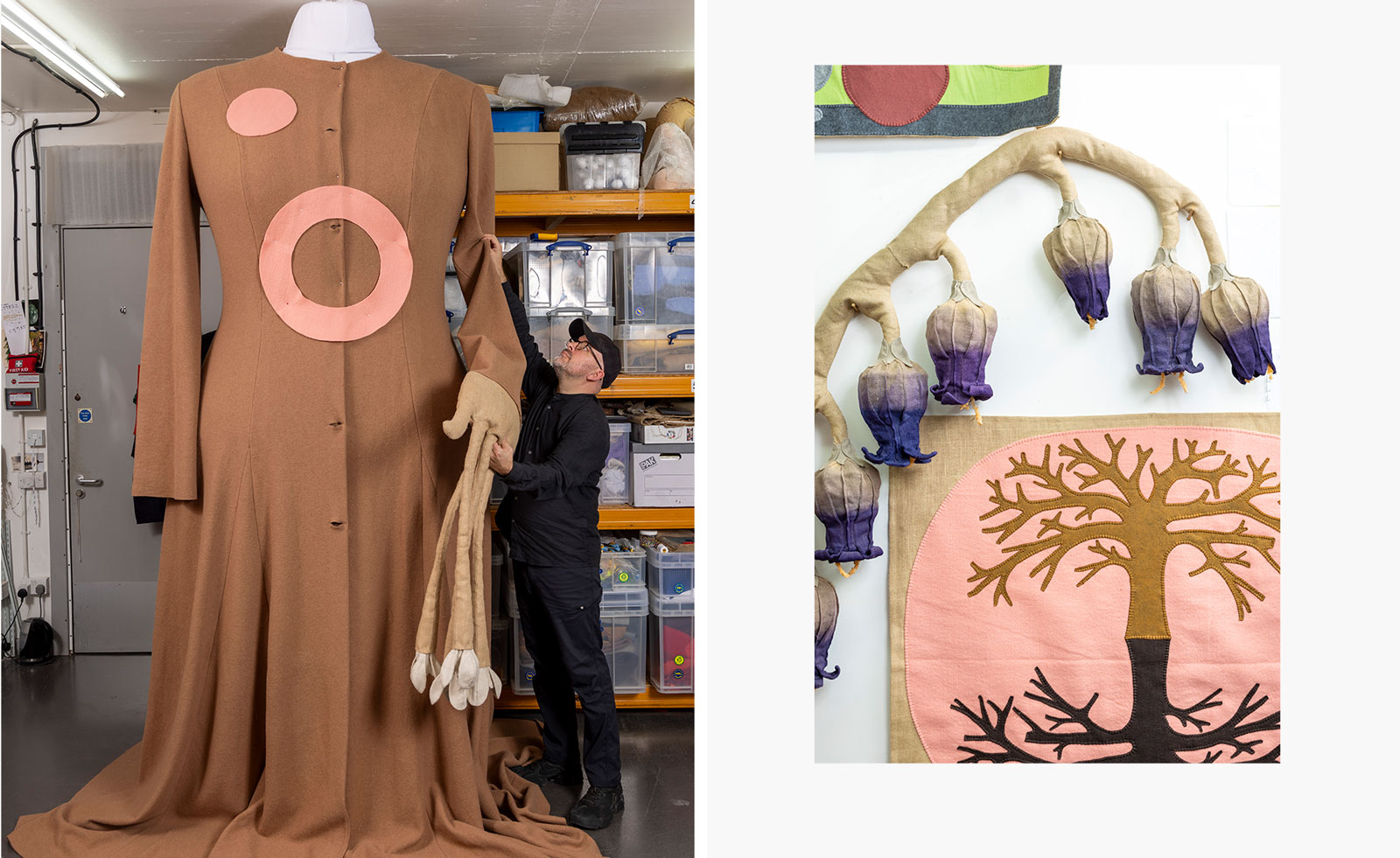 'We need to be constantly reminded of our similarities' – Jonathan Baldock challenges the patriarchal roots of a former Roman temple in London
'We need to be constantly reminded of our similarities' – Jonathan Baldock challenges the patriarchal roots of a former Roman temple in LondonThrough use of ceramics and textiles, British artist Jonathan Baldock creates a magical and immersive exhibition at ‘0.1%’ at London's Mithraum Bloomberg Space
-
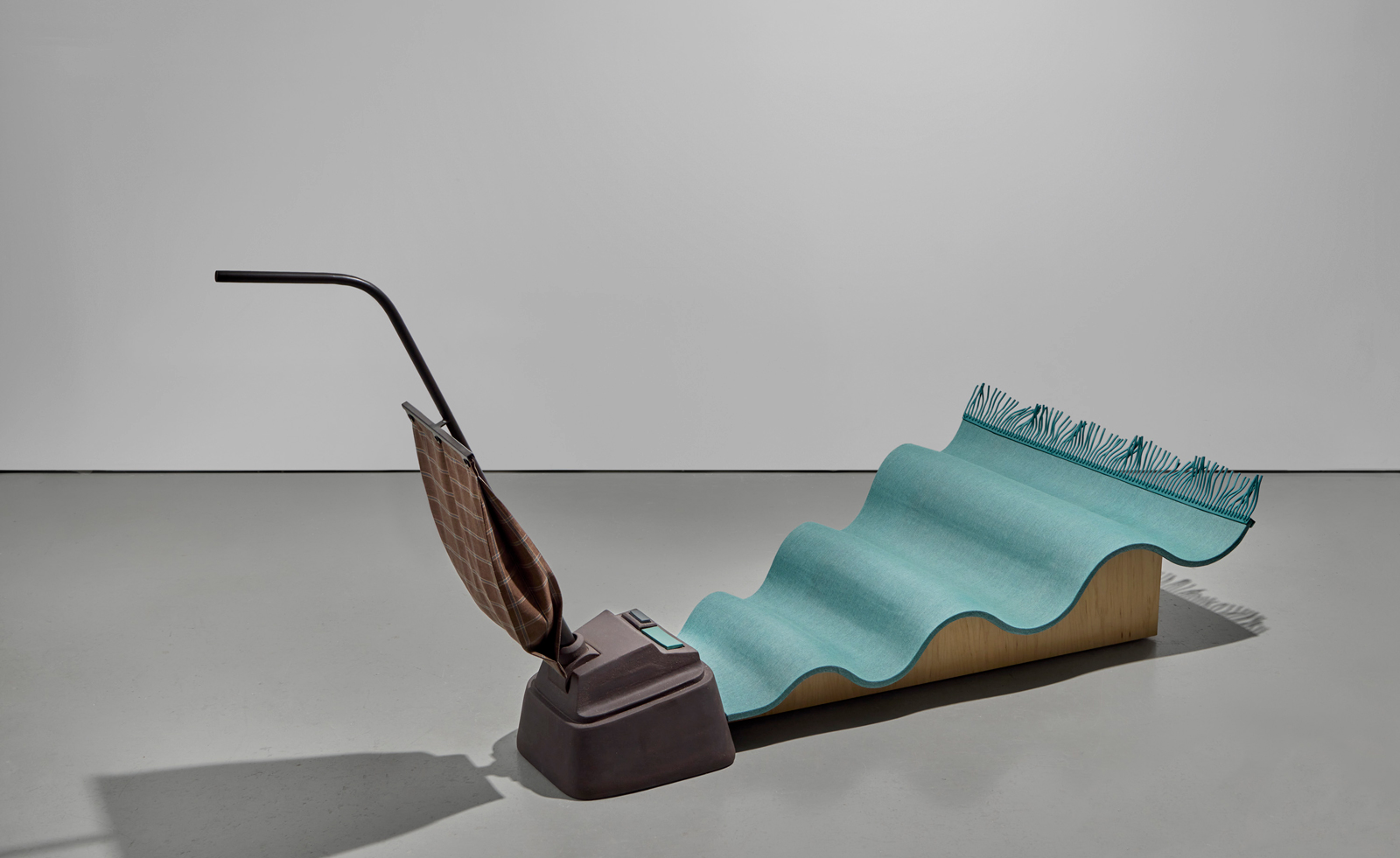 Genesis Belanger is seduced by the real and the fake in London
Genesis Belanger is seduced by the real and the fake in LondonSculptor Genesis Belanger’s solo show, ‘In the Right Conditions We Are Indistinguishable’, is open at Pace, London
-
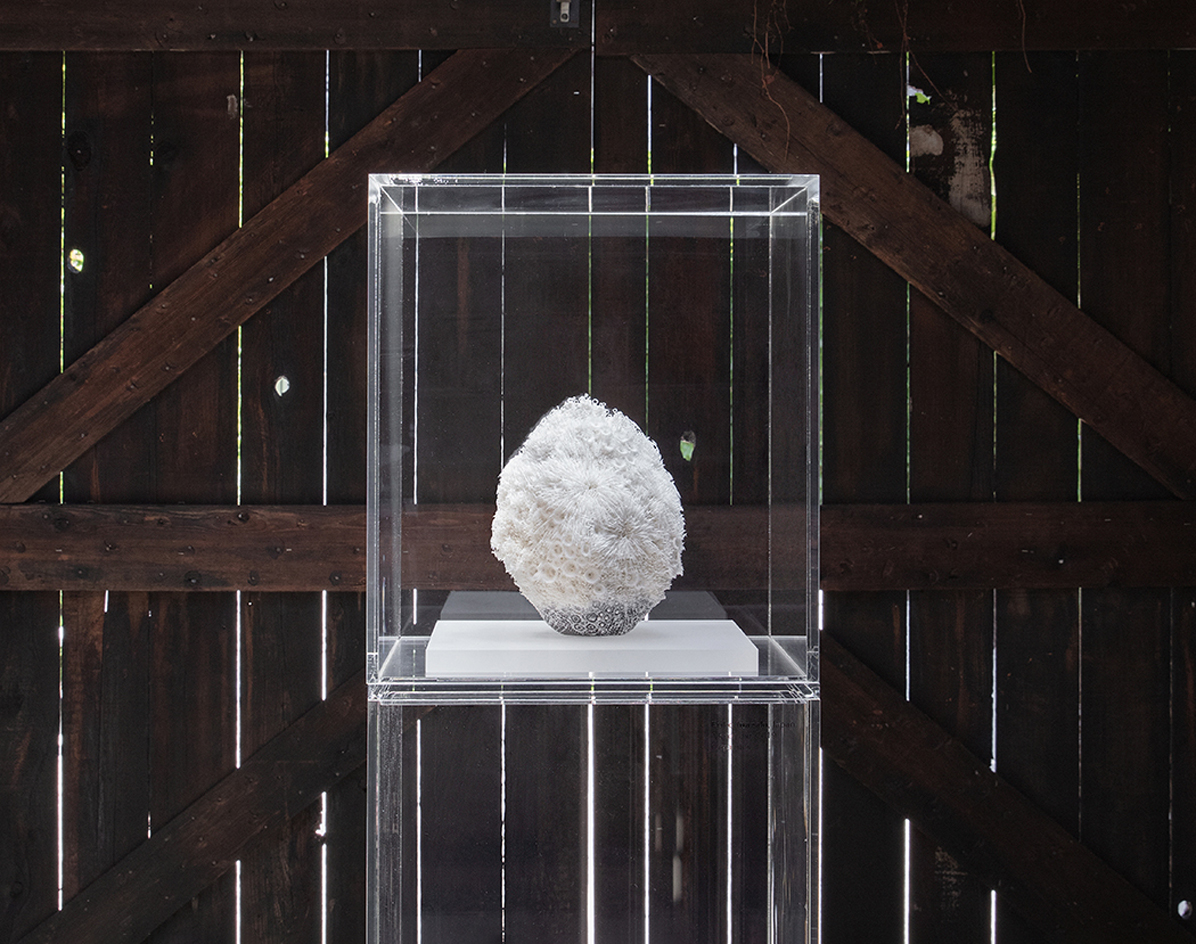 Japanese ceramicist Eriko Inazaki wins 2023 Loewe Foundation Craft Prize
Japanese ceramicist Eriko Inazaki wins 2023 Loewe Foundation Craft PrizeEriko Inazaki has been awarded the 2023 Loewe Foundation Craft Prize for her intricate ceramic work in a ceremony held at New York’s Noguchi Museum
-
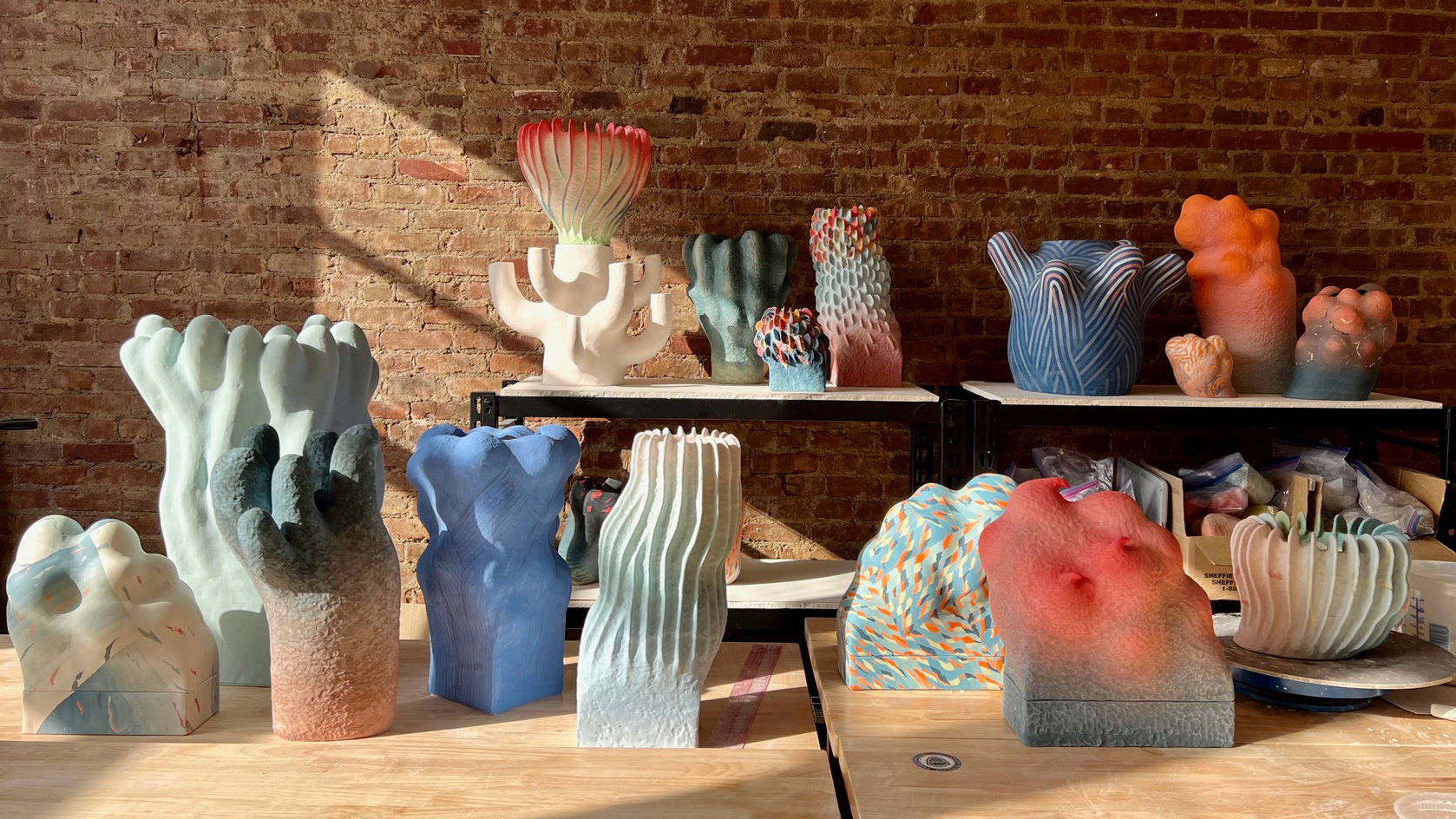 Janny Baek’s psychedelic ceramics are objects in flux
Janny Baek’s psychedelic ceramics are objects in fluxKorean-American architect and sculptor Janny Baek speaks about expressing ‘vibrancy, pleasure, and hope’ through her vivid ceramics, ahead of a major show at Culture Object, New York (on view until 20 May 2023)
-
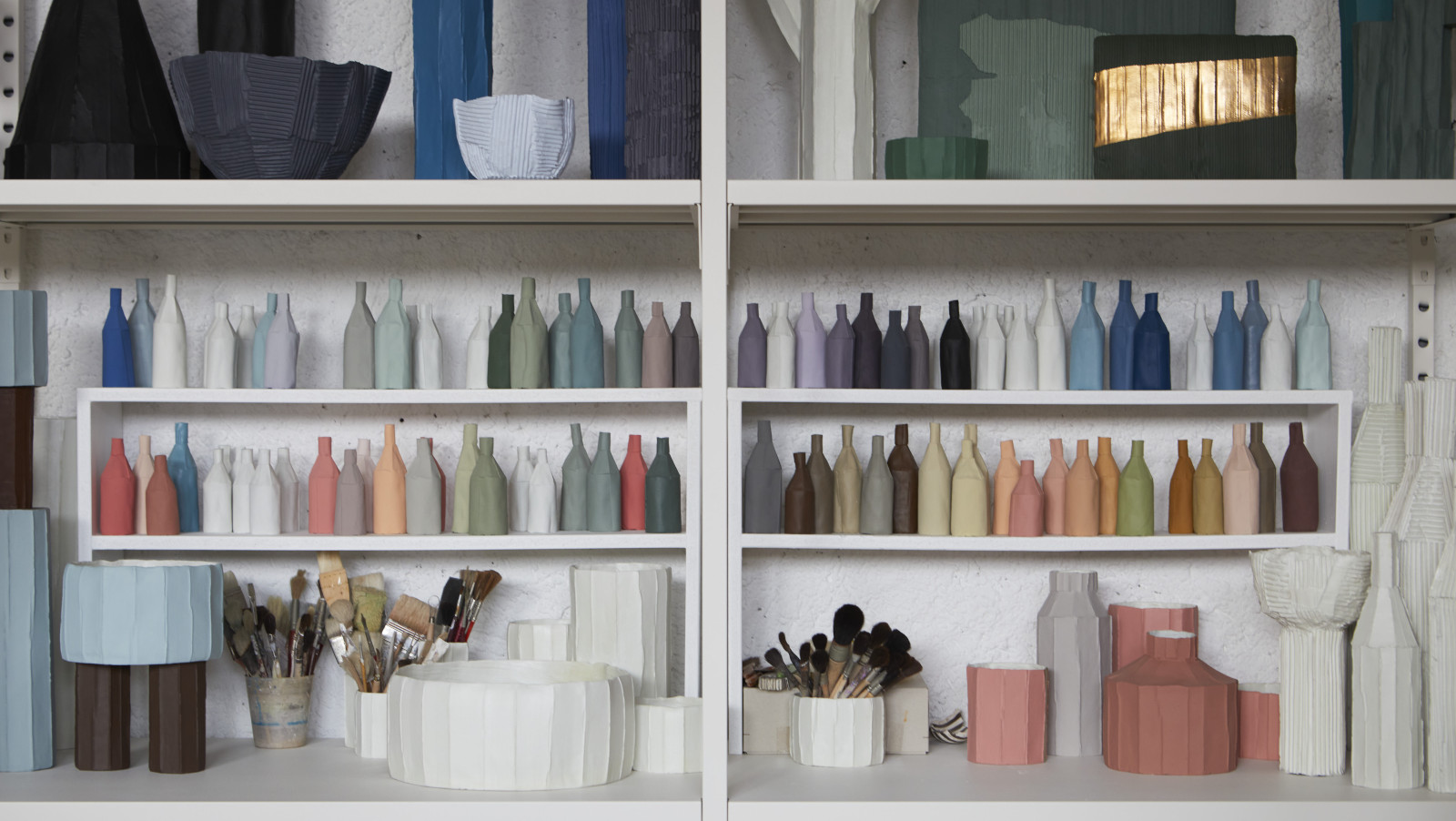 Paola Paronetto’s vibrant collaboration with Veuve Clicquot puts a new spin on the bottle
Paola Paronetto’s vibrant collaboration with Veuve Clicquot puts a new spin on the bottleCeramic artist Paola Paronetto's take on packaging for Veuve Clicquot is a multi-hued marvel. We visit the artist in her Porcia studio to discuss the collection of six gift boxes and limited-edition artwork